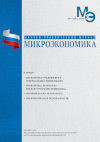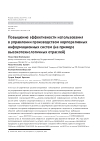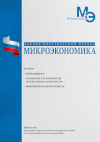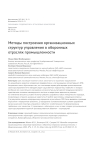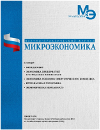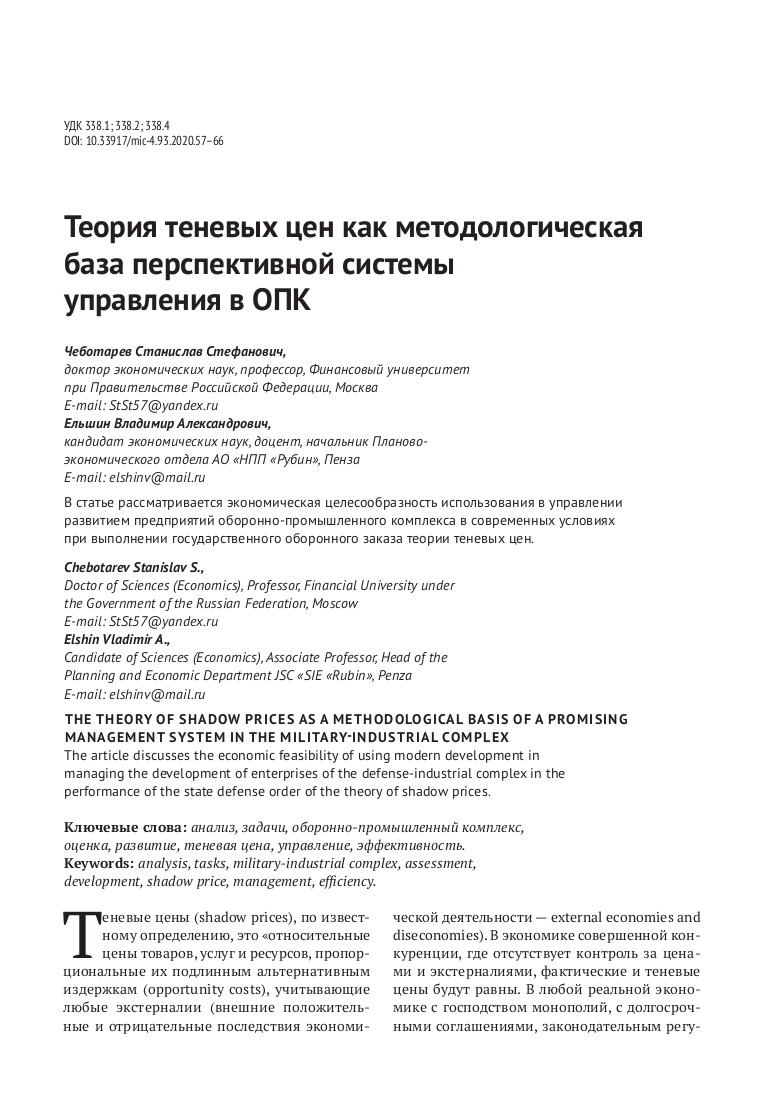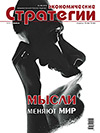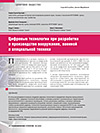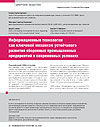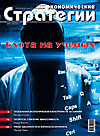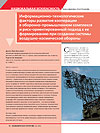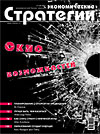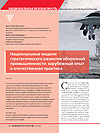Increasing the efficiency of using corporate information systems in production management (on the example of high-tech industries)
DOI: 10.33917/mic-4.111.2023.5-28
In modern conditions, prompt and reasonable adoption of important decisions on the regulation of production is impossible without automated calculations performed by modern software products. One of the ways to effectively solve this problem is to create a concept (taking into account the specific features of enterprises and organizations of the defense industry) of a corporate information system platform.
The paper considers and resolves the following issues: 1) on the basis of a comparative analysis of sales volumes of corporate information systems in the global and Russian markets, their main trends and patterns of development are identified; 2) a comparative assessment of the evolution of approaches to the creation and implementation of information systems, their advantages and disadvantages, as well as possible areas of the most effective use; 3) the priority requirements of potential users for corporate information systems are substantiated; 4) the main parameters are detailed – the characteristics of concentration, specialization, cooperation and combination of production; 5) the expediency of developing two variants of CIS platforms is substantiated: for a sub-sector (an integrated corporate structure) and for a group of enterprises producing homogeneous products; 6) proposals are made for organizing a complex of works in the defense industries to introduce advanced digital technologies to solve the problems of managing high-tech production.
References:
1. Enterprise Resource Planning Market Size 2021. Revenue Growth Development, Business Opportunities, Future Trends, Top Key Players, Market Share and Global Analysis by Forecast to 2023. URL:
https://www.marketwatch.com/press-release/enterprise-resource-planning-market-size-2021-revenue-growth-development-business-opportunities-future-trends-top-key-players-market-share- and-global-analysis-by-forecast-to-2023-2021-07-22
2. Top 5 ERP software. Worldwide, 2018. Provider. URL:
https://blogs.gartner.com/debbie_wilson/files/2019/04/ERP-market-2018.jpg
3. ERP systems (world market). URL: https://www.tadviser.ru/index.php/
4. Top 10 ERP Software Vendors. Market Size and Market Forecast 2019-2024. URL: https://www.appsruntheworld.com/top-10-erp-software-vendors-and-market-forecast/
5. Enterprise resource planning (ERP) software market revenues worldwide from 2019 to 2024. URL: https://www.statista.com/statistics/605888/worldwide-enterprise-resource-planning-market-forecast/
6. ERP Software Market Size. URL: https://www.kbvresearch.com/erp-software-market/
7. 75% of Dutch organizations uses an ERP system, CRM is less used. URL:
75% of Dutch organizations uses an ERP system, CRM is less used
8. Enterprise management systems (ERP). Russian market. URL:
https://www.tadviser.ru/index.php/
9. Roan Alexander. SAP HANA and S/4HANA – a simple guide. URL:
https://blogs.sap.com/2020/06/04/sap-hana-and-s-4-hana-a-simple-guide/
10. SAP S/4HANA. URL: https://learning.sap-press.com/sap-s4hana


